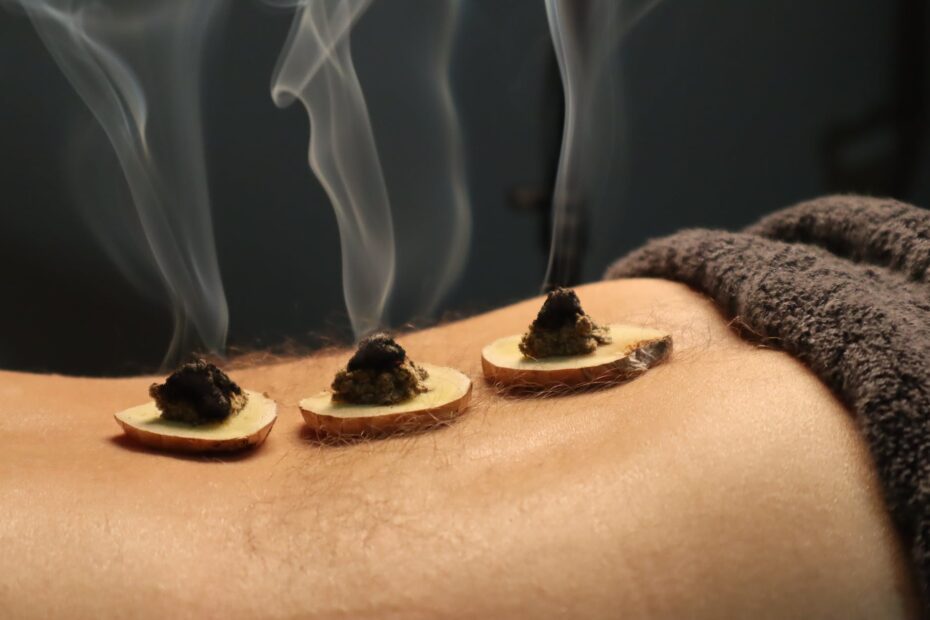Are chafing burners ruining your day? Say goodbye to the discomfort and pain with expert tips from a dermatologist. In this article, you will discover effective ways to prevent and treat chafing burners, ensuring a smooth and comfortable experience.
Chafing burners can be a real nuisance, causing redness, irritation, and even blisters. But fear not, with the right knowledge and precautions, you can bid farewell to these pesky burners once and for all.
Prevention is key when it comes to chafing burners. Dermatologists recommend keeping the affected areas clean and dry, using talcum powder or anti-chafing creams to reduce friction. Wearing loose-fitting and breathable clothing can also help minimize the risk of chafing.
If chafing burners do occur, prompt treatment is essential. Applying a soothing ointment or cream can provide relief and aid in the healing process. It’s important to avoid scratching or further irritating the affected area to prevent infection.
Remember, taking care of your skin is crucial to prevent chafing burners. By following these expert dermatologist tips, you can say goodbye to discomfort and hello to smooth, healthy skin.
Understanding Chafing Burners
Chafing burners are a common skin condition that can cause discomfort and pain. They occur when there is friction between the skin and clothing or other surfaces, leading to irritation and inflammation. The most common causes of chafing burners include repetitive movements, tight clothing, excessive moisture, and heat. These factors can exacerbate the friction and increase the risk of developing chafing burners.
Common symptoms of chafing burners include redness, swelling, pain, and a burning sensation in the affected area. The skin may also become dry, cracked, or develop blisters. It commonly affects areas of the body where skin rubs against skin or clothing, such as the inner thighs, underarms, and groin.
To prevent chafing burners, it is important to wear loose-fitting clothing made of breathable fabrics. Applying a lubricant or barrier cream to areas prone to chafing can also help reduce friction. Keeping the skin clean and dry, especially in areas prone to moisture, is crucial in preventing chafing burners.
In summary, understanding what chafing burners are, their causes, and the common symptoms to look out for is essential in effectively preventing and treating this uncomfortable condition. By taking proactive measures and following the advice of dermatologists, individuals can bid farewell to chafing burners and enjoy a more comfortable and pain-free experience.
Preventing Chafing Burners
Preventing chafing burners is crucial to maintaining healthy and comfortable skin. Dermatologists recommend a variety of effective strategies and tips to avoid the occurrence of chafing burners. By following these expert recommendations, you can bid farewell to the discomfort and irritation caused by chafing.
Here are some key preventive measures to keep in mind:
- Keep your skin dry: Moisture can exacerbate chafing, so it’s important to keep your skin as dry as possible. Use talcum powder or absorbent creams to absorb excess moisture and reduce friction.
- Wear appropriate clothing: Opt for loose-fitting, breathable clothing, especially during physical activities. Avoid tight clothing that can rub against your skin and cause chafing.
- Use lubricants: Apply a thin layer of lubricant, such as petroleum jelly or anti-chafing balms, to areas prone to chafing. This creates a protective barrier and reduces friction.
- Stay hydrated: Proper hydration helps maintain skin elasticity and reduces the risk of chafing. Make sure to drink enough water throughout the day.
- Take breaks and rest: If you engage in activities that involve repetitive movements or prolonged friction, take regular breaks to give your skin a chance to recover.
By implementing these preventive measures, you can significantly reduce the likelihood of chafing burners. Remember, prevention is key to maintaining healthy and comfortable skin.
Frequently Asked Questions
- What are chafing burners?
Chafing burners are painful skin irritations caused by friction between the skin and clothing or body parts rubbing against each other. They often occur in areas where the skin is moist and prone to friction, such as the thighs, underarms, and groin.
- What are the common symptoms of chafing burners?
Common symptoms of chafing burners include redness, swelling, tenderness, and a stinging or burning sensation in the affected area. In severe cases, blisters or open sores may develop.
- How can I prevent chafing burners?
To prevent chafing burners, it is important to keep the affected areas clean and dry. Wear loose-fitting, breathable clothing made of moisture-wicking fabrics. Apply a protective barrier, such as petroleum jelly or anti-chafing balms, before engaging in activities that may cause friction. Avoid prolonged exposure to moisture and humidity.
- How can I treat chafing burners?
If chafing burners occur, gently cleanse the affected area with mild soap and water. Pat dry and apply a soothing ointment or cream containing ingredients like aloe vera or hydrocortisone. Avoid further irritation by wearing loose clothing and allowing the skin to breathe. If symptoms persist or worsen, consult a dermatologist for further evaluation and treatment.
- When should I seek medical attention for chafing burners?
You should seek medical attention if the chafing burners are severe, accompanied by signs of infection (such as pus, increased pain, or fever), or if they do not improve with at-home remedies. A dermatologist can provide proper diagnosis and recommend appropriate treatment options.


Keith is originally from Truckton, Colorado. The 54-year-old cared for his overweight wife for many years. Keitch is also a freelance editor at antichafing.net and supports the team as a competent advisor. In his spare time Keith enjoys reading books, visiting his homeland and is a passionate product tester for well-known manufacturers.

